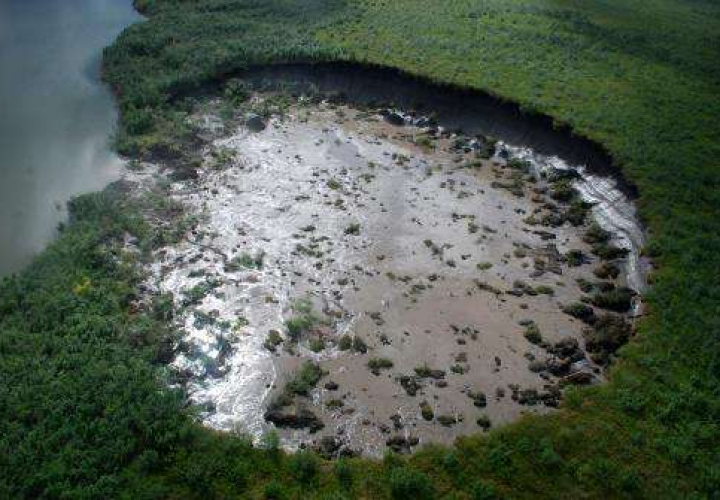
Five most effective ways of communicating climate science to the public
Effective communication of climate science to the public is crucial for building support for action on climate change.
Without a basic understanding of the science behind climate change, it can be difficult for people to understand why they need to take action and the urgency for that. This article will explore the importance of using plain language, storytelling, use of visuals, and relevant personal experiences to communicate complex climate science to the public. By understanding how to effectively communicate climate science, we can ensure that people have the knowledge and understanding they need to take action on this important issue!
The most important way to communicate climate science to the public is the use of plain language. Plain language is very important, because it makes the information accessible to everyone, regardless of their level of scientific knowledge. When using plain language, it is important to avoid technical jargon. Jargon can be confusing and off-putting for people who are not familiar with it and therefore make the information seem inaccessible.
For example, the use of big percentages said to be contributing to greenhouse gas emissions globally does not cohere with people's daily life experiences. Plain language should be clear and concise. The use of short, simple sentences and avoiding unnecessary words can help people understand the information more easily.
Big percentages and scientific jargon can feel abstract and difficult to relate to. Using examples relatable to people's everyday lives, like "the average commute to work" or "a typical household's energy use" can help bring the information down to earth and make it easier for everyone to understand.
The other fantastic way of communicating climate science effectively to the public is by using storytelling. Storytelling is such a powerful tool for communicating complex information. It helps people to be emotionally connected to the information, and it can make it easier to remember and understand. Stories can help people visualize the information and make it more tangible. Stories can help people see the impact of climate change on real people, and that can inspire them to take action.
Stories can be a powerful way to build empathy and understanding. When people can relate to the people or situations in a story, it can help them put themselves in somebody else's shoes and see the issue from a new perspective. For example, a story about a family dying of hunger due to highly wet fields that are used to grow food can help people understand the real-life impacts of climate change, and it can inspire them to take action to help others in similar situations. This example is very relatable to almost everyone. Stories like this can help people understand that climate change is not just about rising sea levels, but about the real-life consequences for different people worldwide.
The use of visuals can be another great way to communicate climate science effectively to the public. Just like stories, visuals can help people understand complex information in a more accessible way. Visuals are compelling in evoking emotion and inspiring action. For example, a photo of a street vendor disposing of his/her apples which are rotten due to extreme heat can be a powerful motivator to reduce emissions.
Using relevant personal experiences is also a very good way of communicating climate science effectively to the public. Telling stories of people affected by climate change is a powerful way to make the issue feel real and relevant to people's lives. For example, a farmer whose crops have been destroyed by extreme weather, or a family who had to evacuate their home due to flooding. These stories can help people connect emotionally to the issue and motivate them to take action. When people hear these stories, they may think, 'What if that happened to me?".
These stories, however, should connect to people's interests, concerns, and values. Studies show that people's values play a very important influence on their attitudes towards climate change than the level of their scientific knowledge. Know the people’s "local interests" and values and highly connect with them when communicating climate science.
The last meaningful way to consider when communicating climate science to the public is the solutions. Effective communication involves a focus on solutions, rather than the problems only. It is very important to give people specific, concrete actions they can take, and make them feel like their actions will make a difference. People also need to feel empowered to take action and make a difference. People want to feel like they can make a meaningful contribution, even if it is a small action.
In conclusion, to effectively communicate climate science to the public, it is important to use plain language, tell stories, make the information relevant and relatable, provide opportunities, and come up with solutions together with the people to enable them to take action. It is also very crucial to remember that communication is a two-way street; to listen and learn from the public as well.




